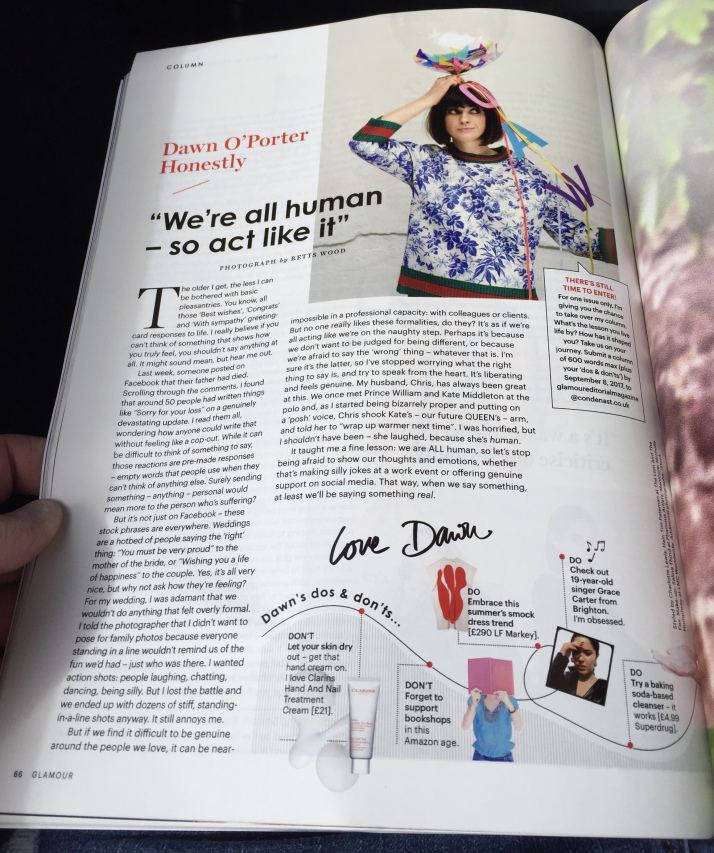Hagg Wood – The Row – Eaves Wood
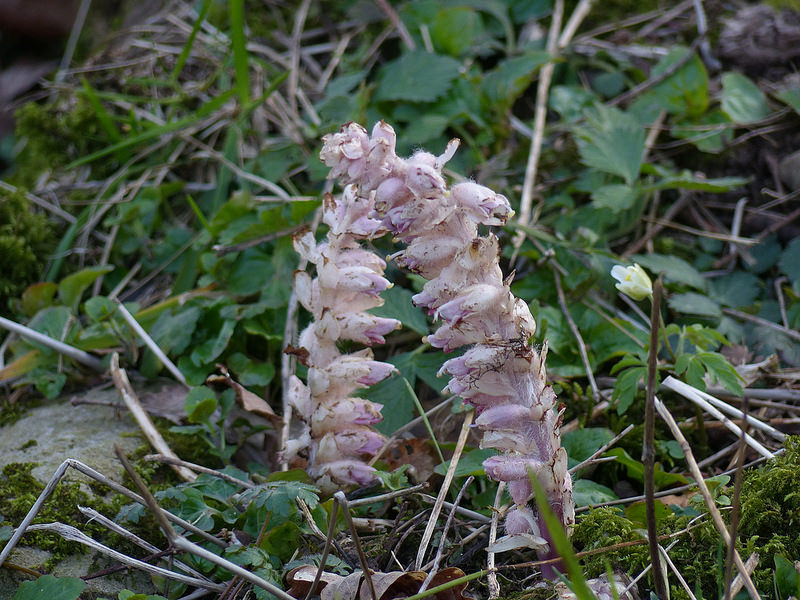
Toothwort (and photobombing Wood Anemone)
A short walk this one, after a morning of rugby and an afternoon of tidying up in the garden – cutting the grass for the first time, pruning an unruly shrub – that sort of thing. A few days before, I’d noticed the nubs of newly emerging spears of Toothwort in Eaves Wood and wanted to see how they had progressed.

I notice that this year it can be seen flowering on both sides of the lower path through Eaves Wood. I also know of one spot in the woods by Hawes Water where it grows, and I noticed a couple of days ago that it is growing along the path which links The Cove and The Lots.
It’s a curious plant, which I seek out every year; one of several local specialities which merit their own trip in the appropriate season – the snowdrops by Hawes Water, the Early Purple and Green-veined Orchids on the Lots, the Lily-of-the-Valley and Lady’s-slipper Orchids at Gait Barrows, the Bird’s-eye Primrose and Grass of Parnassus on the grassland of the Hawes Water shore, the Burnett Rose on the coastal cliffs; just compiling the list is making me smile. This year I’ve already added the Snowdrops in the woods above Beetham and I intend to seek out again the Twayblade on the ‘Orchid Triangle’ at Sandside and the Bee Orchids in Trowbarrow Quarry.
Earlier this winter I resolved to extend both the range and variety of my flower pilgrimages after reading ‘Wild Flowers in Danger’ by John Fisher. I have a bit of a second-hand book habit – I buy musty old books at a rate greater than I can read them. When I purchased ‘Wildflowers In Danger’, I thought that it would be a good book to dip into from time to time. Then when I got it home, I was chiding myself that it was just a bit too specialised and that I would never read it, but I did eventually begin, early in the winter, and soon found myself hooked and reading it from cover to cover. It’s an unashamedly partial compendium of photographs and short articles about some of Britain’s rarer flowering plants; full of interesting natural history, but also biographical details about botanists.
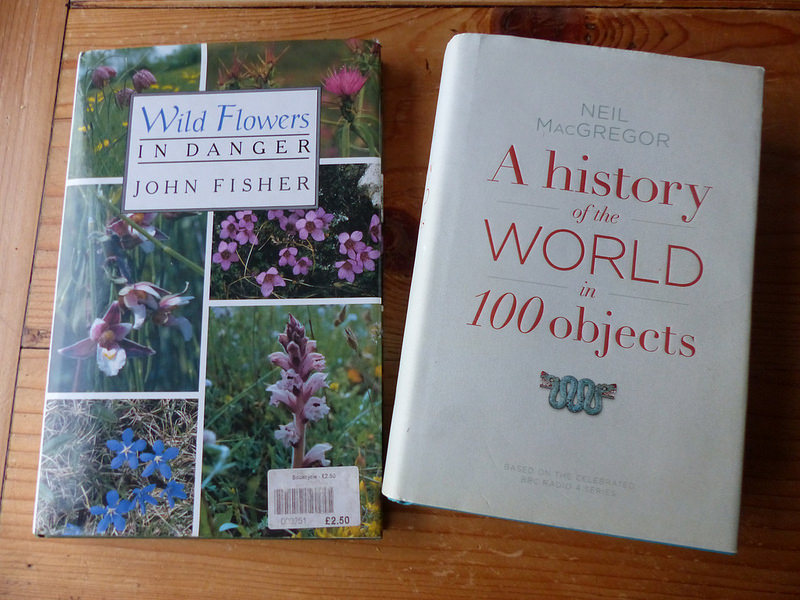
When I picked it up again recently, to research a possible ‘new pilgrimage’ (post to follow), I decided to also look up an old favourite, which I’d recently spotted again at Far Arnside: Green Hellebore.
“The Green Hellebore was one of the plants to appear in that revolutionary work Herbarum Vivae Eicones – Living Images of Plants, published in Strasbourg in 1530. It was written by Otto Brunfels of the same city but the illustrations by Hans Weiditz were amongst the first to show drawings made from real plants with all their imperfections in place of the conventional mediaeval devices as remote from the truth as the diamonds in a pack of playing cards.”
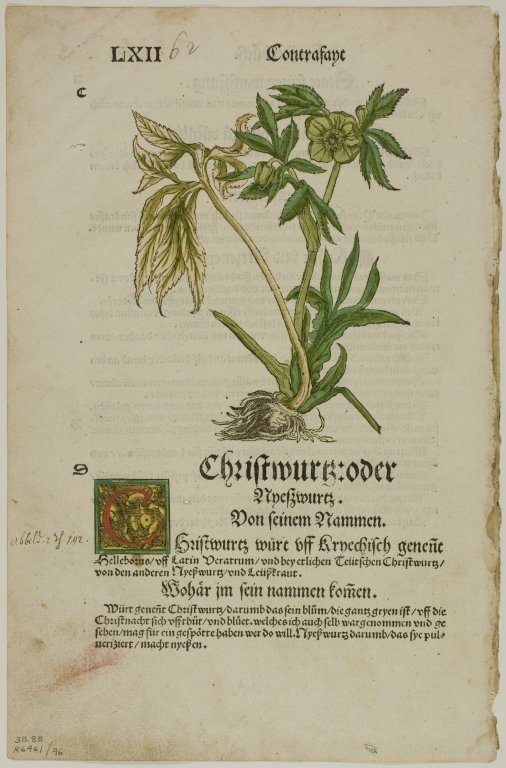
But hang on, Weiditz? Didn’t I recognise that name? Surely, I’d read it recently in Neil MacGregor’s ‘A History of the World in 100 Objects’?
So I checked. This…
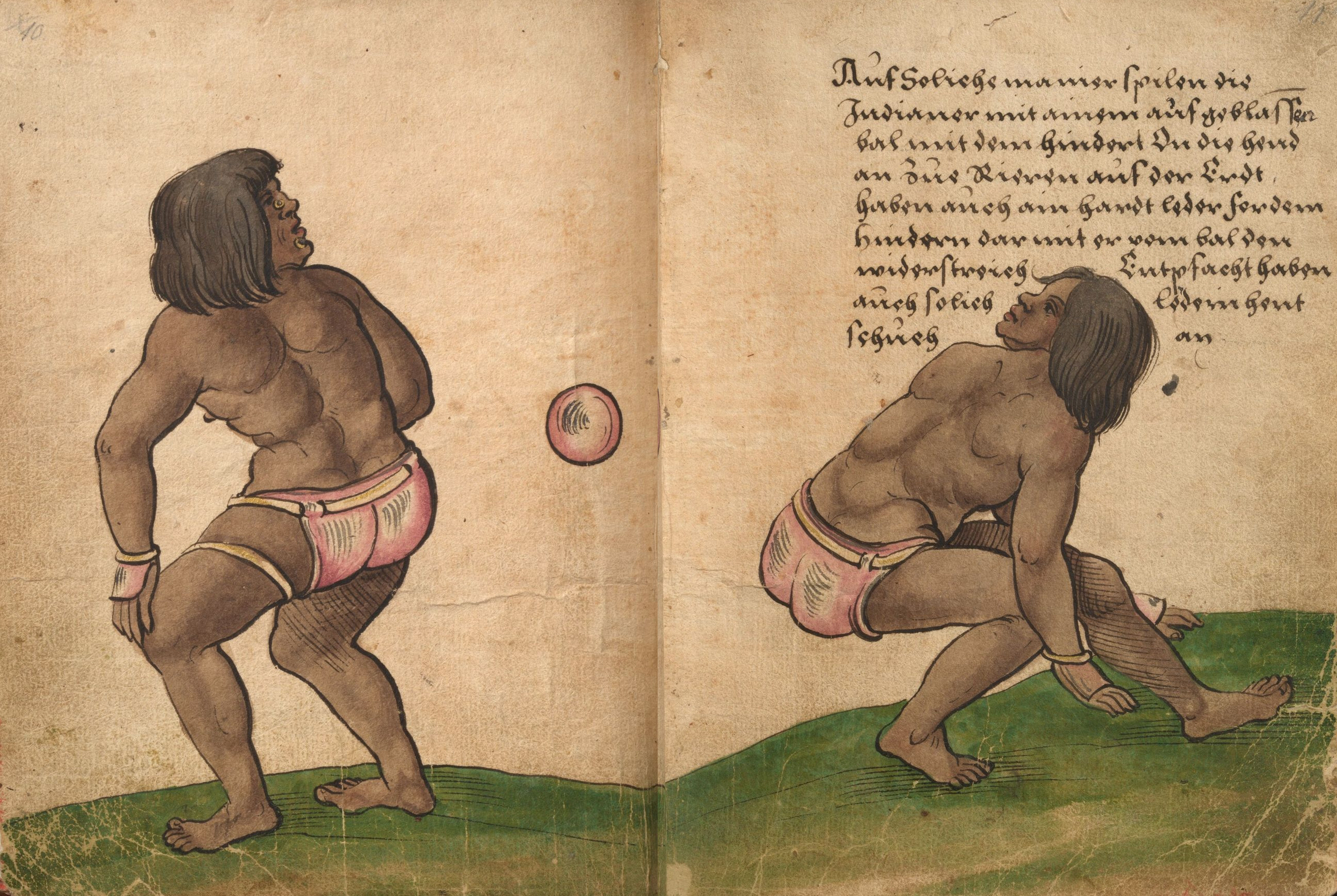
…is “Christoph Weiditz’s drawing of Central American ballplayers at the court of Emperor Charles V.”
“In 1528 the Spanish brought two Aztec players to Europe, and a German artist painted them in mid game, back to back, virtually naked, wearing what look like specially reinforced briefs with the ball in flight between them.”
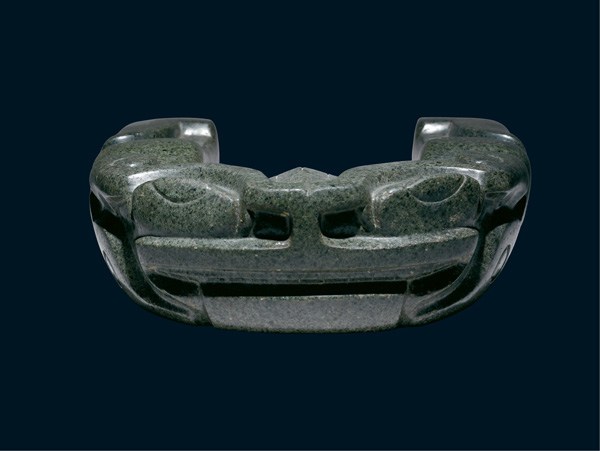
This from chapter 38, which is about this ceremonial stone version of the ‘specially reinforced briefs’.
Hans and Christoph were, some lazy internet research reveals, brothers and, like their father, Renaissance artists.

Incidentally, ‘A History of the World in 100 Objects’, another second-hand bargain – of course – is a brilliant book to dip into. I missed the Radio 4 series of the same name, but the British Museum is my favourite place in London, and this book, featuring 100 of its countless treasures, is almost as good as a visit.
Advertisements Like this:Like Loading... Related



